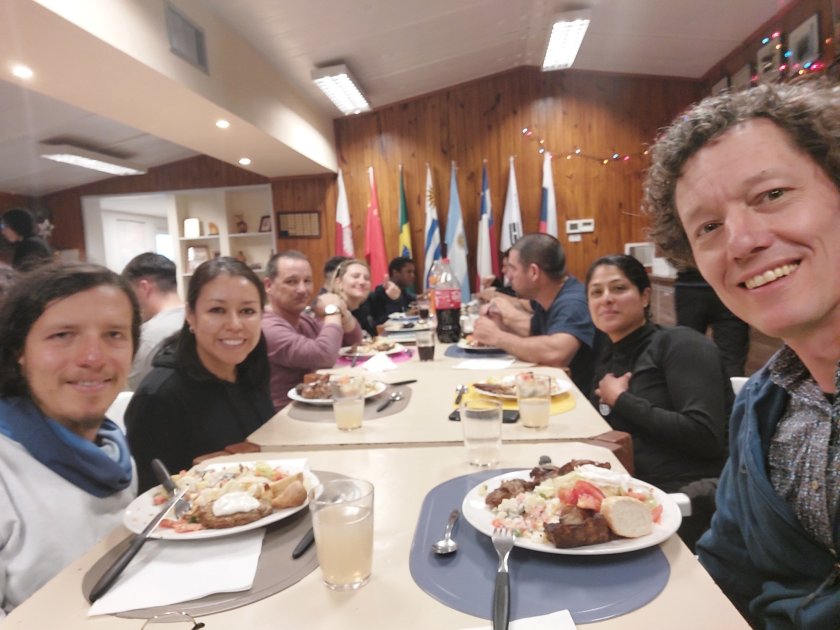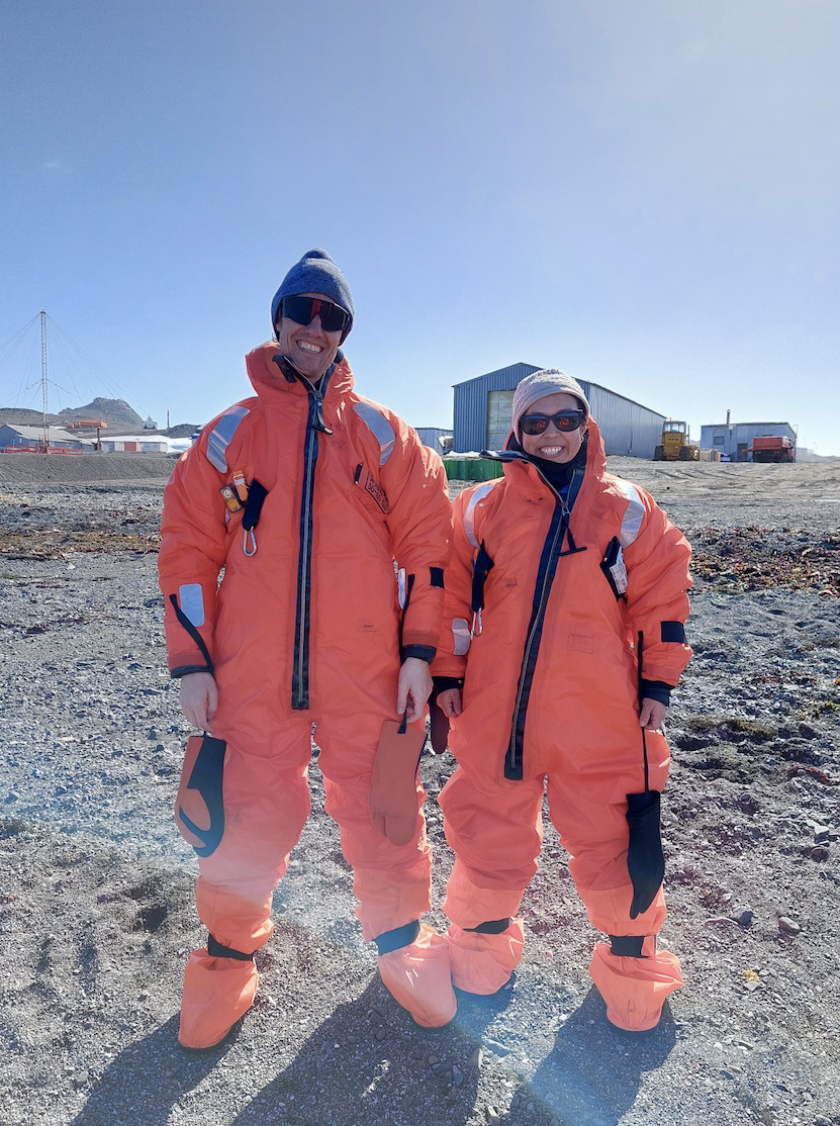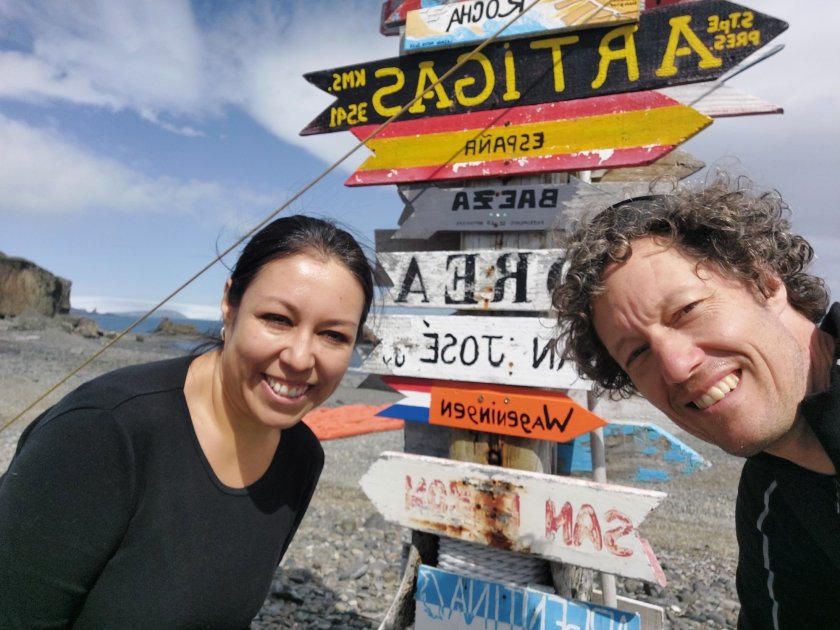
Blog post
Antarctica Blog 4: Do transitory communities care for the environment?
Machiel Lamers and Daniela Cajiao are ENP researchers undertaking a scientific expedition to Antarctica in the context of the ANTARC-SHIP project. Their expedition takes place from mid-December 2023 until the end of January 2024. Stay tuned with this blog to hear the latest research updates, stories and adventures coming out of Antarctica!
Do transitory communities care for the environment?
Antarctica is the only continent where humans have never lived permanently. Since its discovery, Antarctica was explored, exploited, researched and admired by temporary visitors with different objectives, but has never seen the development of settlements with a permanent population. There are infrastructures and facilities for the purpose of conducting scientific and logistical operations that are permanent, but the human population inhabiting and using these facilities are all leaving Antarctica sooner or later. For example, station personnel may be staying a whole season, up to a year in a scientific station, while scientists may stay for a number of weeks or months, depending on their academic discipline. And, according to the Environmental Protocol to the Antarctic Treaty, all material waste will have to leave Antarctica.
Connecting and disconnecting
This does not mean that there are no communities in Antarctica. At scientific stations, but also on expedition cruise ships, cohorts of temporary inhabitants form transitory communities that work and live together, cultivate humor, dance and sing, and develop strong bonds with each other. We experienced this during our three week stay at the Uruguayan station, which included shared celebrations of Christmas and New Year with people that, before the expedition, were still complete strangers.

This community feeling becomes most obvious when you stay, as in our case, a few days longer to see the arrival of a new cohort of strangers with whom you then have to interact with. We are now underway to the Spanish base Gabriel de Castilla on Deception island, where we will undergo this process of connecting and disconnecting again. During the transfers from ship to shore, we have to wear survival suits (or so called Teletubbies). Looking forward to connect to new groups on this trip.

Leaving signs for each other
The idea of the Antarctic transitory or temporary community has implications for our awareness and capabilities to take care of the environment. Acts of environmental stewardship, such as picking waste in a neighbourhood or protecting a plot of nature, are often supported by a strong local sense of connection, ownership and responsibility. How do we cultivate environmental stewardship in a continent without permanent local communities? How do we pass on the environmental stewardship baton from one cohort of temporary inhabitants to the next? Over the last weeks we have seen that this can be done by clear, sometimes repetitive, but necessary briefings. By providing clear instructions on waste management practices, the location of protected areas, or the regulation with regards to keeping distance to animals and disinfecting boots and clothes to minimise the spreading of avian influenza.

Furthermore, it comes down to the importance of simply comunicating, exchanging information between researchers and staff, or between those with experience to newcomers, and by respectively providing feedback to each other.
Humans may be temporary or in transit while in Antarctica, and waste and other materials will have to be taken out, but we still feel a strong desire to leave something permanent. The totems are one such example, and you can find them at any scientific or logistical station; they are directions that will lead you to those have visted this place before.
